
Dr. Martens champions sustainable fashion
Genix Nappa, a new material made of leather offcuts, aims to reduce waste

Stylus’ annual Decoded conference lifted the lid on the challenges the fashion industry faces as it seeks to address the climate emergency.

“In the fashion world, brands won’t collaborate. And that’s not going to work.” These were the words of Jane Robson Blanchard, the Owner of JRB Global Fashion Solutions, on a panel at last week’s Stylus Decoded conference in London. The need for greater collaboration across brands and businesses in order to tackle the climate emergency was one of the key themes of the day. As Blanchard warned: “Prioritise planet over profit otherwise you won’t have a business in the long term.”
Lucy Shea, CEO at Futerra a sustainability consultancy said that, although 88% of consumers want to lead a more sustainable life, 43% think brands are making it harder to do so. Many of the brands speaking at Decoded were out to bridge that gap for consumers whether that was through transparency in design to actively placing sustainability at the heart of the business. From Patagonia to All Birds, ISKO and Vestaire Collective, these are brands that are examining the business landscape, and moulding it to place sustainability front and centre.
Here are a handful of key takeaways from the day:
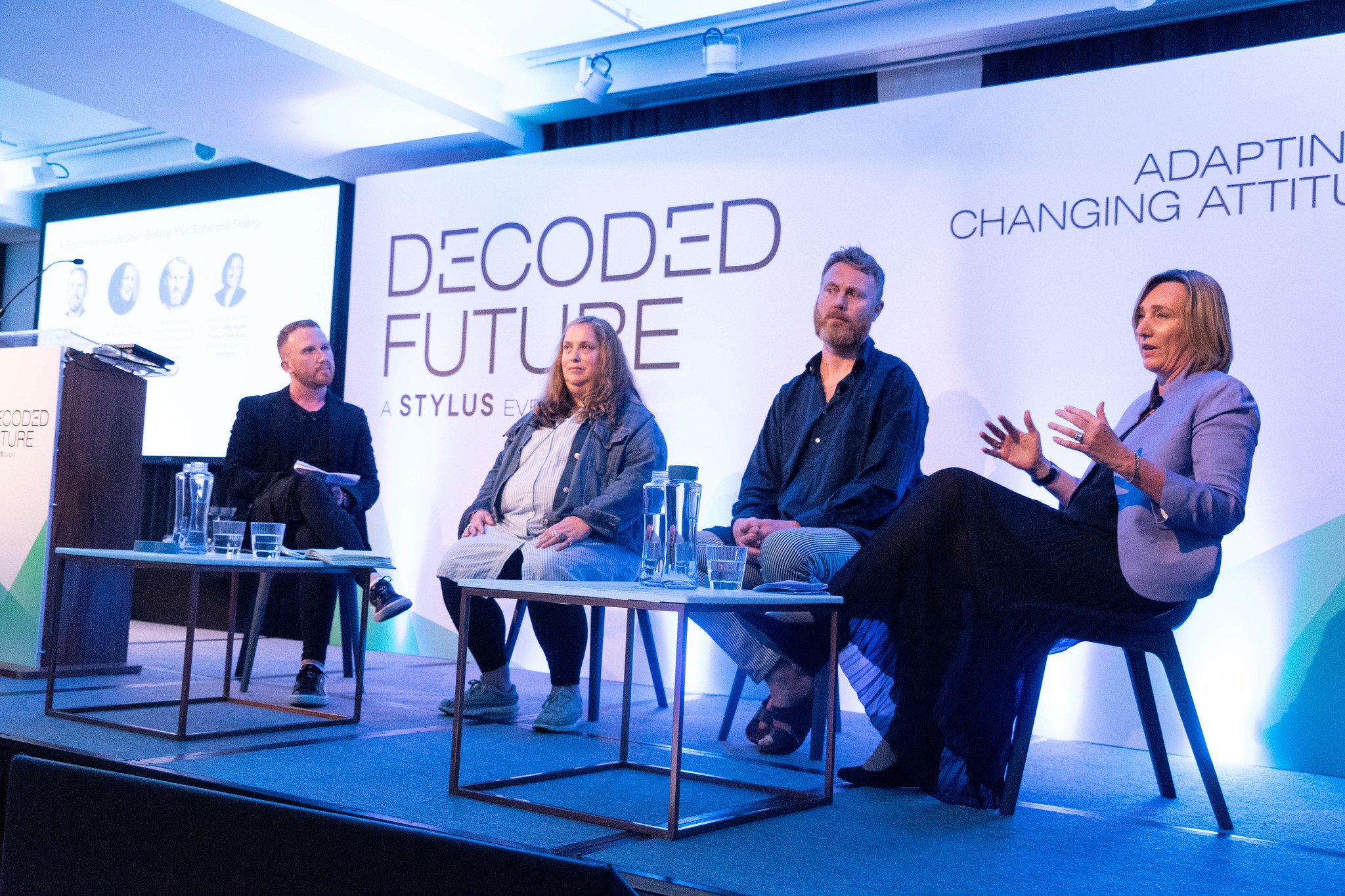
Fashion has never been circular; it’s linear.
Jane Robson Blanchard
While we’re all familiar with the need to reduce and recycle, it’s the third of this trio, reuse, which Robson Blanchard wants us to focus on. She believes there is a need for education at every level of design, from students in training up to the most senior leaders. “Fashion has never been circular; it’s linear,” she explains, but she believes that companies like Patagonia are helping to lead the way.
Everything Patagonia creates is designed to be easily repairable, while both their production line and business operations operate in a very transparent manner. This transparency is key, says Miles Johnson, a former Creative Director of Product Design and Development at Patagonia, because it “flushes out the people trying to hide things.”
Transparency is at the heart of many a brand’s new business strategy, as Rosey Cortazzi, ISKO’s Global Marketing Director outlined. ISKO is a leading denim fabric manufacturer which is placing greater emphasis on its supply chain. As Cortazzi explains the brand is making: “lifestyle assessments on all products in our portfolio, which means we can give a buyer the carbon footprint on any fabric they buy from us.”
The power of design-led solutions was also top of the agenda for Sandeep Verma, the MD Europe of Allbirds, the trainer brand which Time Magazine dubbed “the world’s most comfortable shoe”. Through innovation, the brand has placed sustainability at the heart of its strategy, having launched with the belief that Allbirds are “easy on your feet; light on the planet.”
Verma highlighted the brand’s newest achievement: “[We] carbon taxed ourselves and purchased offsets to ensure our production is carbon neutral.” And the brand name itself? Well that came about because, as the founder so said, “Birds tread lightly on the world”. Having gone from “zero to a million customers in a few years with no marketing spend” Allbirds environmental ethos is clearly resonating with consumers.
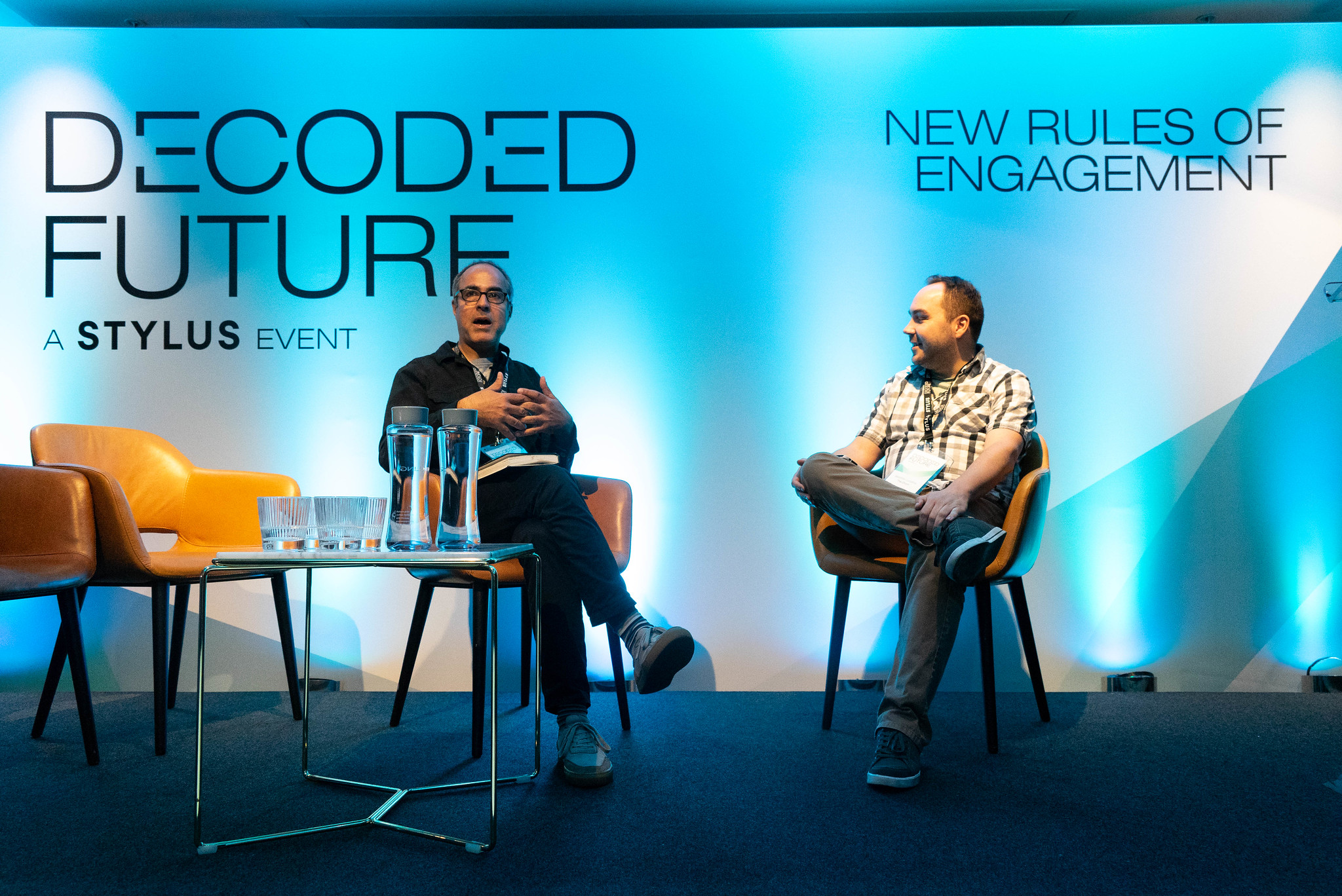
It’s not about heroism or saviour complex; it’s about a bunch of good people trying to make a difference.
Naresh Ramchandani
The need for leaders to take accountability for their environmental impact also topped the agenda. As Naresh Ramchandani, Partner at Pentagram and Co-Founder of Do the Green Thing said: “It’s not about heroism or saviour complex; it’s about a bunch of good people trying to make a difference.” Ramchandani was in conversation with Stephen Lepitak, the Editor of the Drum and the conversation explored some examples of brands, and their leaders, being held to account. One such was Greenpeace’s campaign to implore Oreo to drop dirty palm oil while another was the Ellen MacArthur Foundation’s work in creating a circular economy education plan and platform.
Ramchandani believes that now is not the time for a “nudge” but rather for “confrontation”, a sentiment that was echoed by Jane Robson Blanchard. She feels passionately that “we don’t have enough of the top CEOs talking about [sustainability] in the UK”.
Patagonia’s Miles Johnson looked back to the company’s founding mission statement which was and still is about leading by example. The brand’s next goal is to make every product Fairtrade within the next five years, something Johnson says will take “a lot of partnership.”
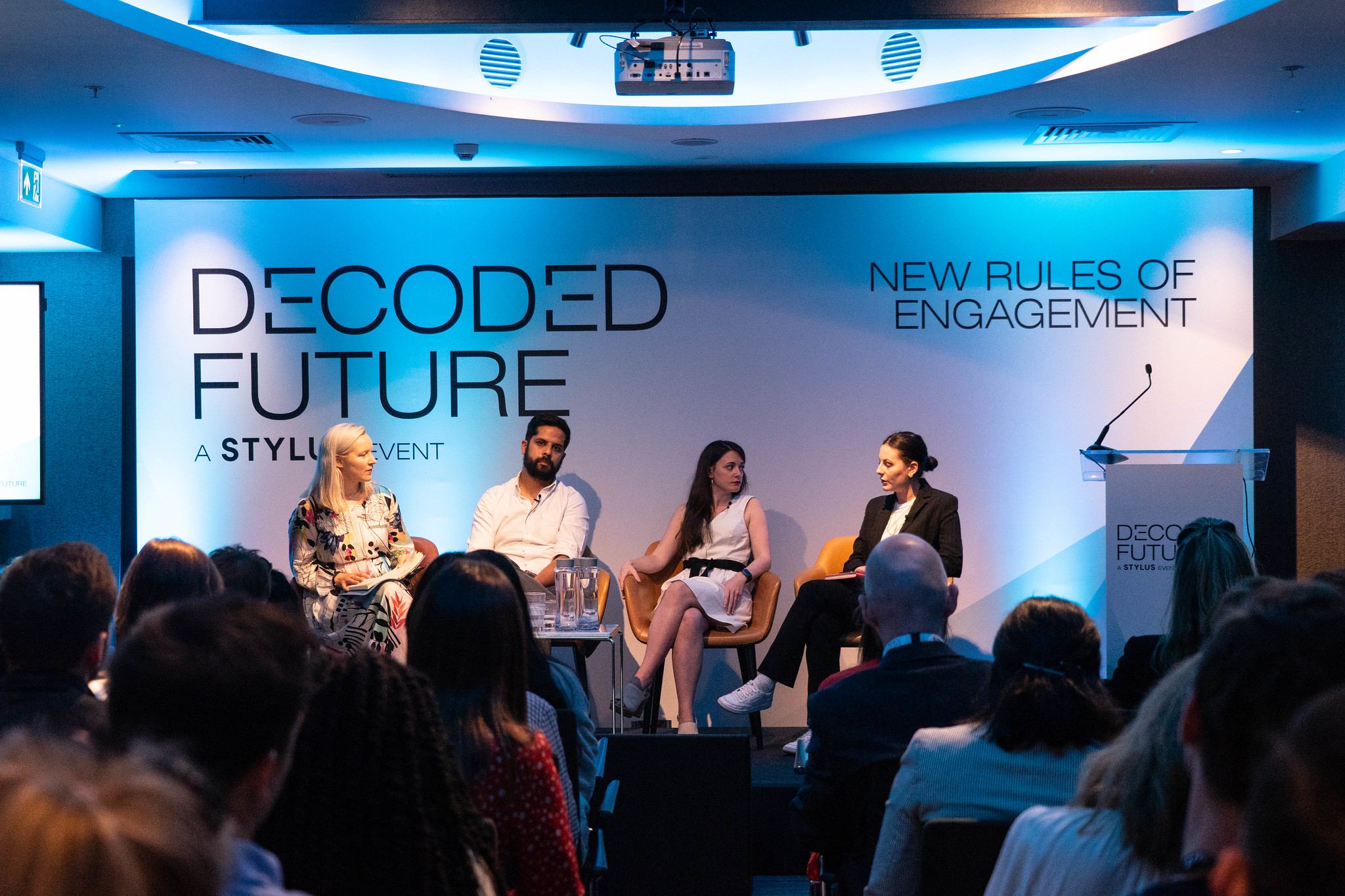
Social ambassadors can help shine a light on more sustainable behaviours.
Clara Chappaz
Nicola Kemp, BITE’s Managing Editor, moderated a panel entitled Influencers: Viral or Virus? A wide-ranging discussion that spanned everything from people’s squeamishness at the term influencer to the importance of community and the growth of the CGI influencer. Kemp laid bare the reality when Kyle Karim, COO of Beautonomy pointed to the industry’s double standard: “[the] expectation of influencers is different to what is expected of advertising.”
As Karim believes though, the growth of influencers comes as part of the shifting landscape: “[it’s] part of how brands and consumers are rubbing up alongside each other today.” He pointed to the fact that influencers are a powerful force as they have direct access to communities who are loyal to their messaging and who trust these messages in turn.
Clara Chappaz, Chief Growth Officer at Vestaire Collective believes that “social ambassadors can help shine a light on more sustainable behaviours.” Where those individuals lead, consumers will follow. And when it comes to the model of influencer marketing, once it “develops, there are infinite possibilities,” believes Livvi Yallop, Creative and Influencer Strategist at the Digital Fairy.
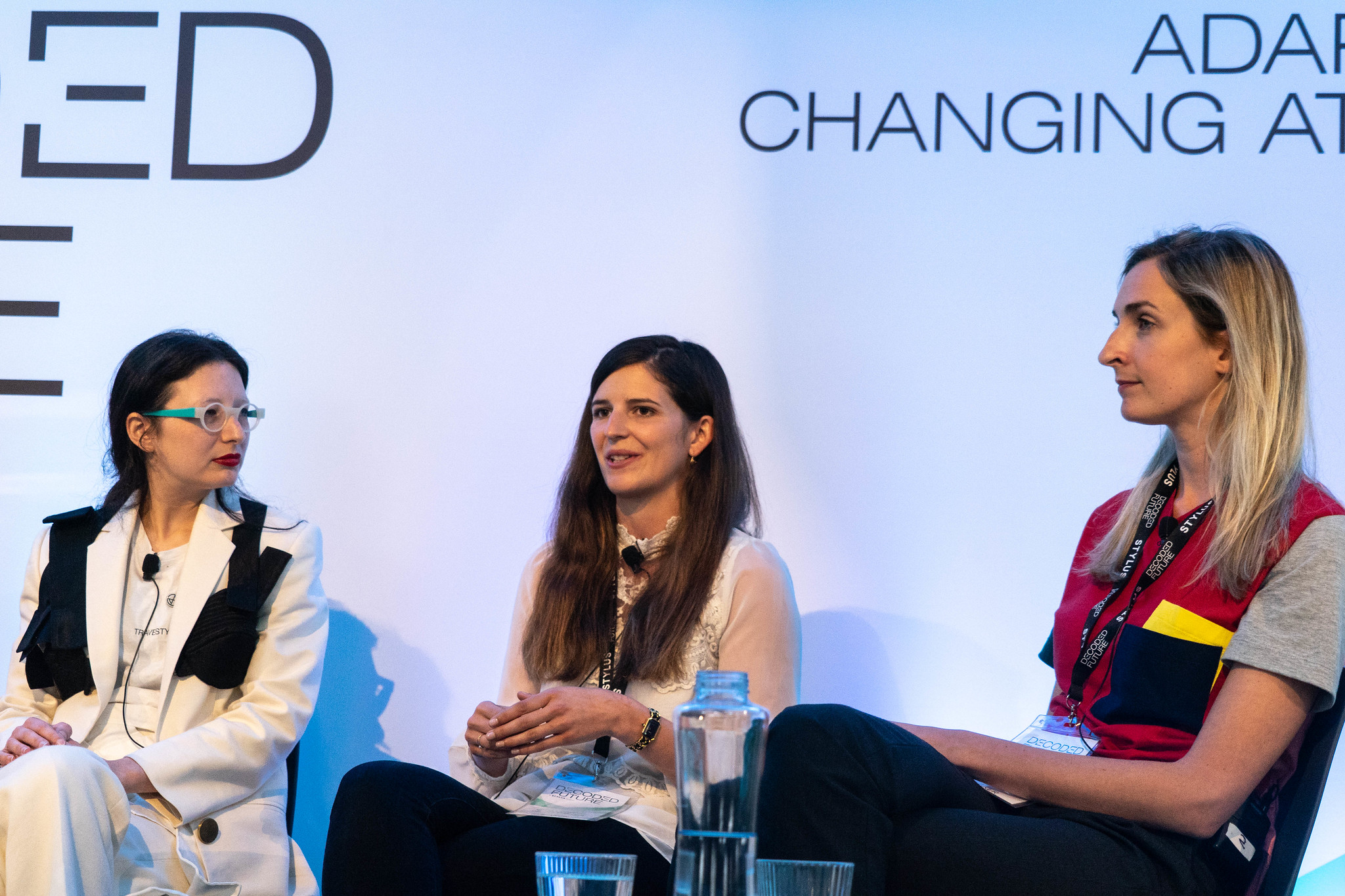
Resale and rental has to be the future.
Sara Arnold
The fundamental tension of launching products in the age of ‘peak stuff’ also topped the agenda. A panel, chaired by Nina Marenzi, Founder and Director of The Sustainable Angle, explored fashion’s second-hand economy. It explored whether or not there has been a true shift in shopper’s mindset or just a desire for discounted product. Marenzi opened with the exposing statistic that 80% of all garments are only worn three times. We all own more products and more clothing than we could possibly need. And yet the desire to buy more, to want more, is ever present. A change in behaviour has to come from a change in mindset, from the excitement of ownership to the satisfaction of second hand.
Ending on a more positive note, Clara Chappaz said that the “projection is that in the next decade, resell will overtake fast fashion.” With high street brands like Urban Outfitters and Anthropologie now starting to offer a rental service of their own, “resale and rental has to be the future,” as Sara Arnold, Founder of Higher Studio and a member of Extinction Rebellion so explained.
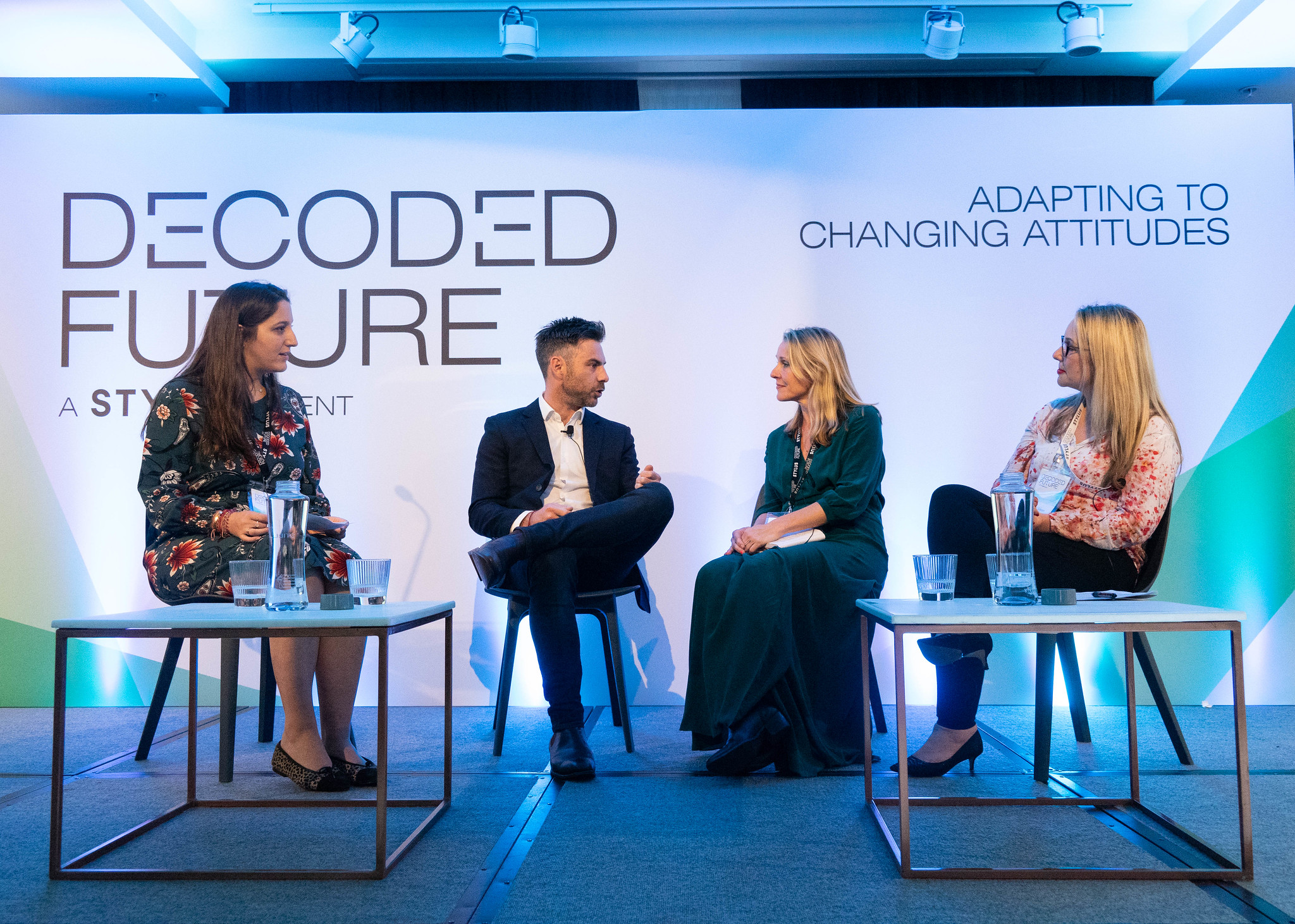
If the top don’t listen, Gen Z will push back. There will be pressure from the bottom.
Jane Robson Blanchard
When it comes to significant change, Gen Z are the ones to look to. Jane Robson Blanchard made this plain when she spoke about how it is imperative for brands to be transparent: “If the top don’t listen, Gen Z will push back. There will be pressure from the bottom.” This is the generation who shop less, eat less meat and are not afraid to challenge business leaders about their production lines and ethical practices. They are also the generation who are rethinking the way they travel, choosing more eco-friendly ways of exploring the world. As Mandy Saven, Head of Food, Beverage and Hospitality at Stylus outlined, “[Gen Z are] being taught at home and school sustainable values and [they’re] applying that to the way they travel.”
Gen Z’s attitude to purchasing was brought up on the panel exploring the growth of fashion’s second-hand economy. Clara Chappaz put it plainly when she said, “ownership for younger generations is difference. You don’t need to hold things for ever; you can resell.” This attitude points to the rise in popularity of platforms like Vestaire as well as Depop and other rent-a-wardrobe sites. There is still a desire to be individual, but this is the generation that won’t search for that individuality at the expense of the planet.
Looks like you need to create a Creativebrief account to perform this action.
Create account Sign inLooks like you need to create a Creativebrief account to perform this action.
Create account Sign in